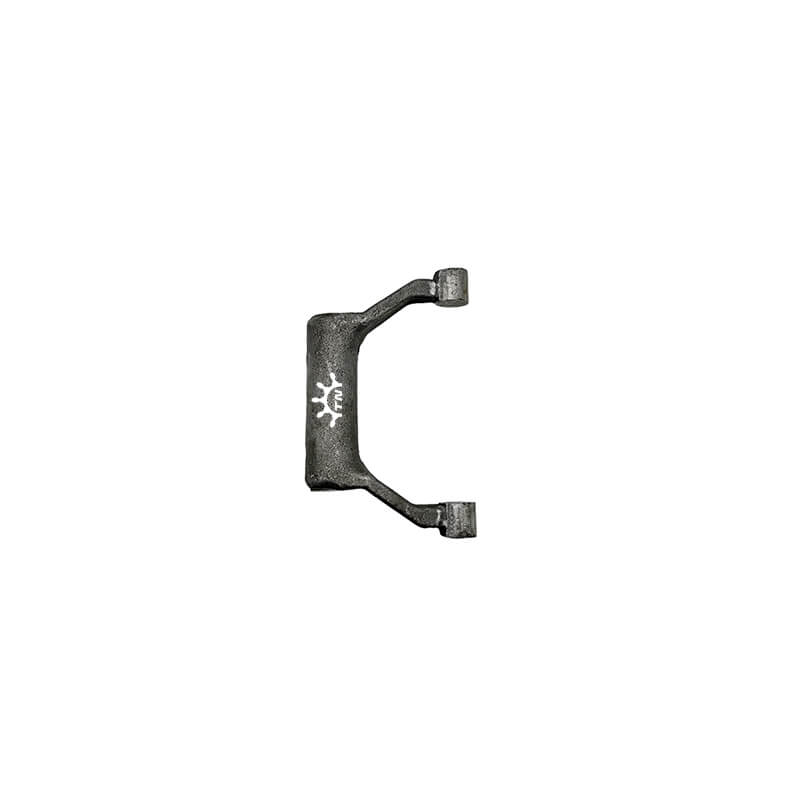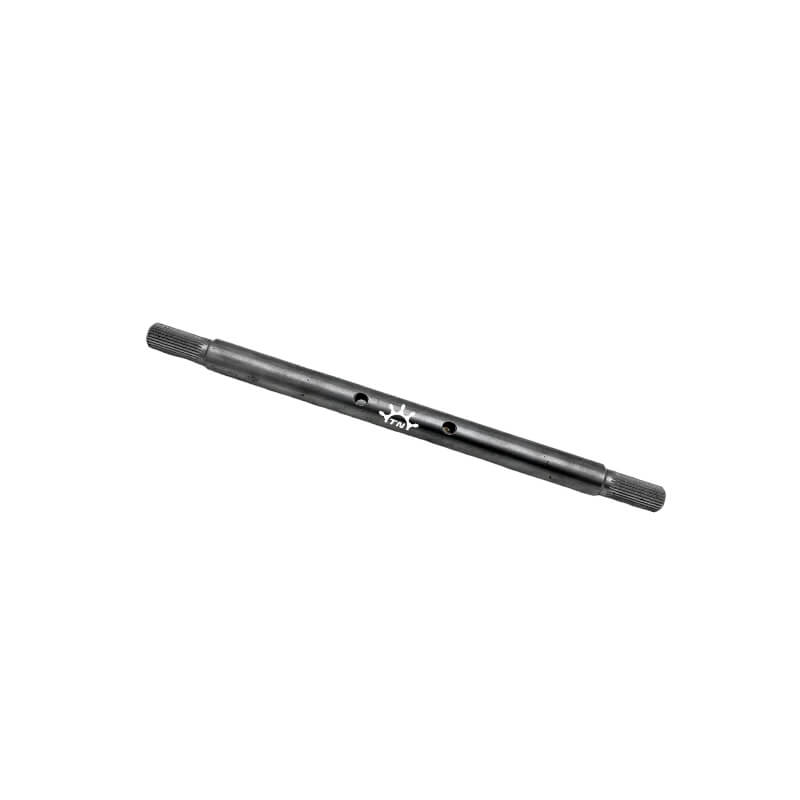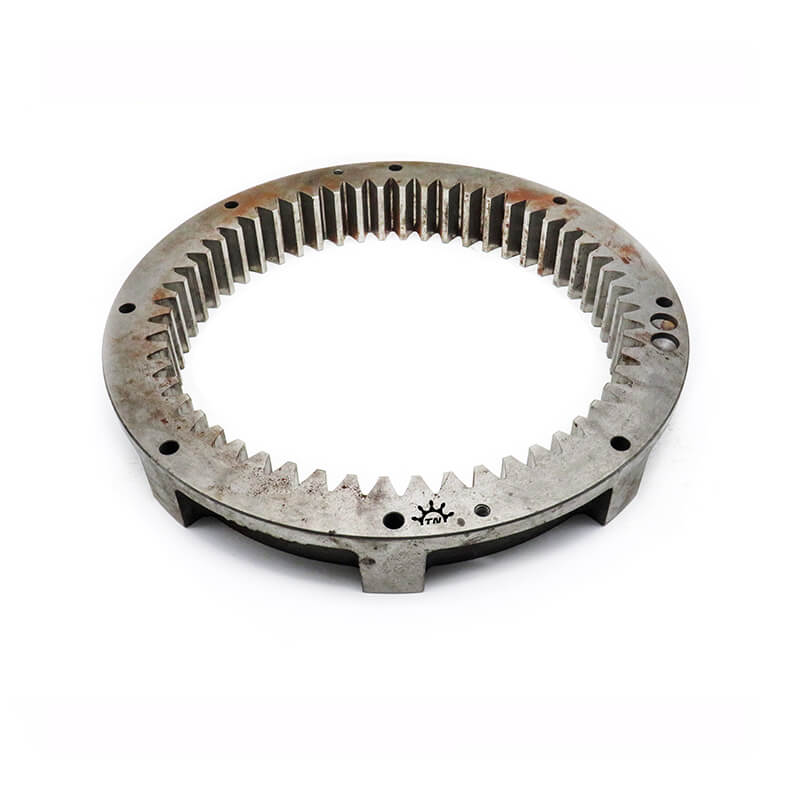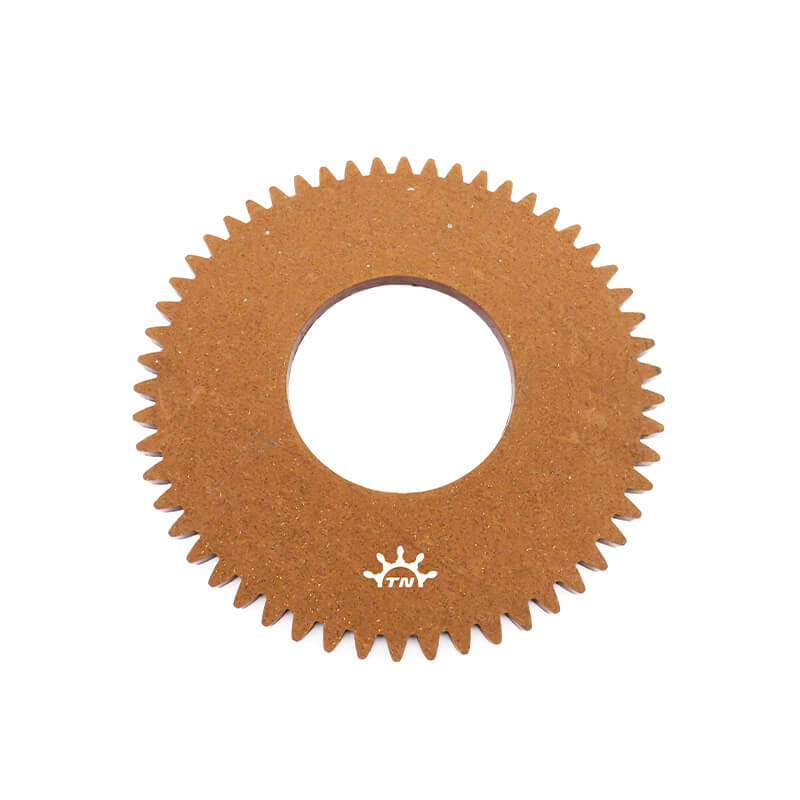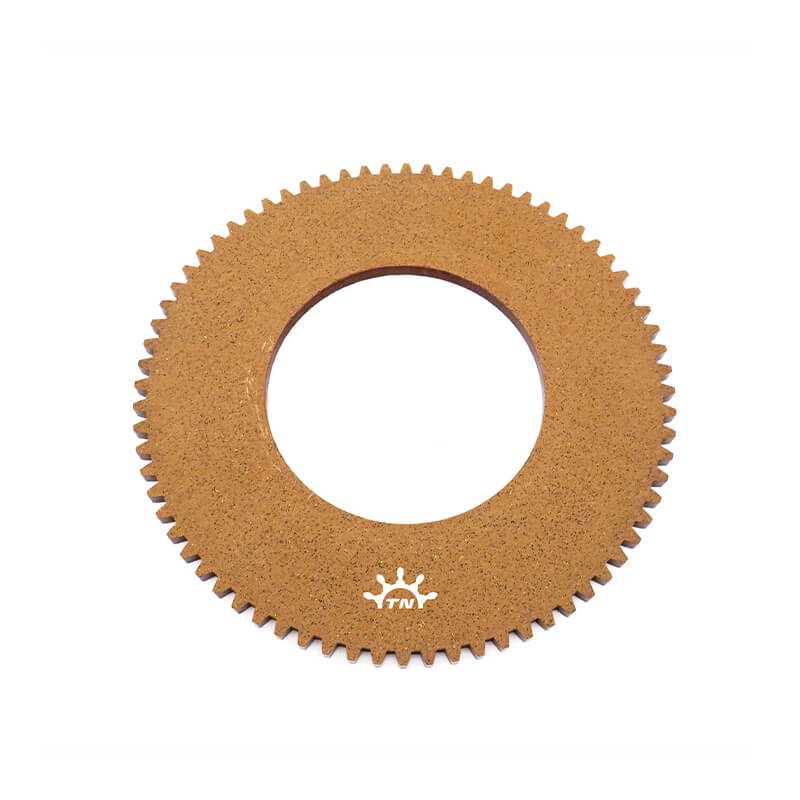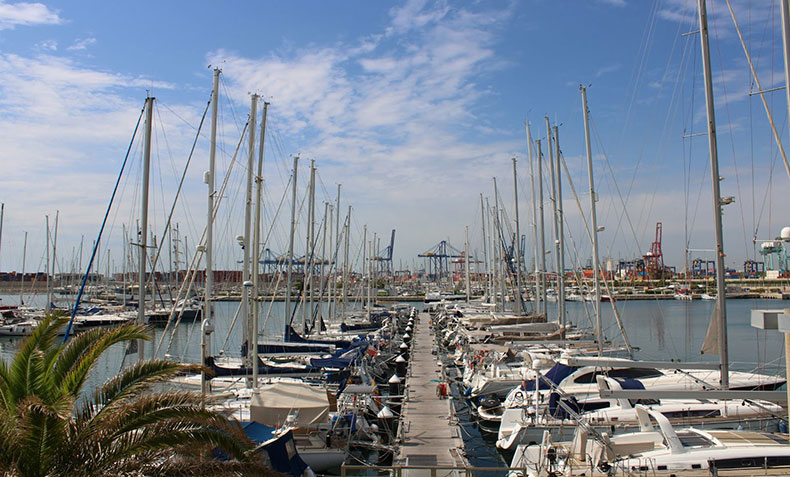Engines
Engines spare parts
Series
Engine maintenance
Gensets spare parts
Brands
Marine gearboxes
Marine gearbox spare parts
Brands
Clutches spare parts
Brands
Raw water pump
Raw water pump spare parts
Rudder
Propeller
Plates
Bearings and seals
Drain and washdown
Ship bell
-
Shop
- Offers
-
Services
-
Brands
-
Engines
Engines
- Electronic control engine
-
Engine maintenance
- Engine spare parts
-
Engines
- Cummins B series
- Cummins C series
- Cummins QSB series
- Cummins QSC series
- Cummins QSL9 series
- Cummins N series
- Cummins K19 series
- Cummins QSK19 series
- Cummins QST30 series
- Cummins K38 series
Series
Series
Brands
-
Generating sets
-
Marine gearboxes
-
Clutches
-
Refrigeration
-
Propulsion
-
Hardware store
-
Nautical accessories
Nautical accessories
-
Anodes
- Cables and controls
- Electrical
-
Drain and washdown
Brands
-
- Antiques
Item added to cart. View my cart!
Your cart already has the maximum possible stock for this product. View my cart!





